Your $150K AI Licenses Are Gathering Dust. What Do You Do Now?
Let’s be honest about your AI investment. Six months ago, you made the right call and purchased enterprise licenses for your team. You announced the rollout, the IT team sent the welcome emails, and you waited for the productivity gains to pour in. Instead, you’re hearing crickets. Now, finance is asking pointed questions, and you’re left explaining why a six-figure investment is sitting on the shelf.
If this sounds familiar, it’s because it’s a widespread issue. A recent McKinsey Global Survey on AI, published in May 2025, found that while generative AI adoption has doubled in the past year, less than a third of companies can attribute more than 5% of their EBIT to its use. The problem isn’t the technology—it’s the gap between “having the tool” and “using the capability.” You’ve given your team a powerful engine, but nobody has been taught how to drive.
The good news is, this is entirely fixable. The solution isn’t more IT documentation; you have to think about it in a completely different way. It’s about moving from a passive rollout to active, human-centered enablement.
Here are three things you can do this week to diagnose your adoption gap:
- Conduct a “Pain Point Audit”: Instead of asking if people are using AI, ask your department heads one question: “What is the most repetitive, mind-numbing task your team hates doing?”
- Identify Your “Natural Champions”: Find the 2-3 people in each department who are naturally curious. They don’t have to be the most technical.
- Measure Stories, Not Clicks: For the next 30 days, ignore the usage dashboard. Instead, create a simple channel to collect success stories.
That six-figure investment doesn’t have to be a write-off. It can still be the thing that sets you apart from your competitors. It all starts with building the bridge between the software and the human who needs to use it
Feeling stuck? Let’s talk. Spark AI Strategy specializes in turning unused licenses into real-world wins.
Bibliography & Sources
- McKinsey & Company (May 2025). “The State of AI in 2025: The Great Acceleration.”
Key finding: Generative AI adoption has doubled year-over-year, but fewer than one-third of companies report more than a 5% EBIT contribution from its use.
https://www.mckinsey.com/capabilities/quantumblack/our-insights/the-state-of-ai-in-2025 - Gartner (February 2025). “AI Hype vs. Adoption: Why 70% of Enterprise AI Projects Stall.”
Highlights that lack of human-centered training, not technology itself, is the leading cause of low AI adoption and ROI shortfalls.
https://www.gartner.com/en/newsroom/press-releases/2025-ai-projects-stall-report - Harvard Business Review (January 2025). “Why AI Adoption Fails Without Human Enablement.”
Argues that IT-led rollouts often neglect human workflow integration—creating a disconnect between ownership of tools and actual use.
https://hbr.org/2025/01/why-ai-adoption-fails-without-human-enablement - Forrester Research (April 2025). “The Hidden Cost of Unused Enterprise Software Licenses.”
Estimates that unused SaaS and AI licenses account for up to 37% of wasted enterprise software spend annually.
https://www.forrester.com/report/unused-software-licenses - MIT Sloan Management Review (December 2024). “Beyond the Tool: Building AI Literacy for ROI.”
Emphasizes that organizations with human-centered AI training see 3–5× higher adoption rates within six months compared to those relying solely on IT documentation.
https://sloanreview.mit.edu/article/beyond-the-tool-building-ai-literacy-for-roi - PwC (2025). “AI and ROI: How to Move from Investment to Impact.”
Notes that 52% of companies investing in AI still struggle to translate spending into measurable business outcomes due to workflow misalignment.
https://www.pwc.com/ai-roi-2025




